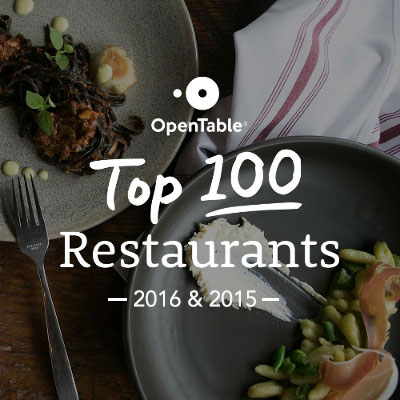Low-oxygen, low temperature cooking isn't without controversy

By Featured in The Star-Ledger by Robert Rastelli, August 19, 2008
At Restaurant Lorena's in Maplewood, some of the specialty dishes take well to the sous vide process, and chef/owner Humberto Campos loves the result.
Uncle Ben got it right a few decades ago when he put his rice in little plastic bags and said to boil them up just like that.
The results were, for many American home cooks, just dandy, with fluffy rice every time. No hassle of measuring or cleaning up a dirty pan.
Then along comes something called "sous vide" -- literally translated as "under vacuum" -- a few decades later. This means food is cooked in Cryovac plastic containers from which the air has been completely removed. Then the bag is placed in a water bath and cooked at a low temperature for a long time.
Simmering just below the surface of this technique, however, is the question of bacterial growth from cooking and reheating at lower temperatures than recommended by some state and federal authorities.
Still, there are chefs and experts who believe the system is safe and results in more sumptuous, tender and nutritious meals.
David Ritter, 50, of Westfield -- a chef instructor at The Art Institute of New York City -- wholeheartedly believes in the technique and its safety.
"I don't think there is a danger here," he says, "not if the food is cooled down properly. "This is a phenomenal way to cook."
There are currently two ways to sous vide: Full-cooked food is Cryovacked, frozen and then slowly reheated in a water bath to serving temperature. The other involves placing raw food material in the bags, then cooking it in a water bath for as long as 24 hours. Then freezing it for later.
At Restaurant Lorena's in Maplewood, some of the specialty dishes take well to the sous vide process, and chef/owner Humberto Campos loves the result.
"If you are going to do a piece of fish, for instance, you are able to get a truer, more even cooking with sous vide," he says, "and there is no shrinkage.
"I also do a filet of beef from the tenderloin, and although there is no sear on the outside, it retains all the moisture and nutrients and doesn't have that gray look to it," Campos says.
He even uses the process of items like grilled asparagus and Hudson Valley fois gras, served with sous vide rhubarb. "It's a fun technique, watching how things react," he added.
Some chefs sous vide at temperatures as low as 104 degree, others as high as 190 degrees, according to chef and food writer Louis Chu at chow.com. According to Chu, all food should be cooked to an internal temperature above 135 degree to kill bacteria that can cause food poisoning. Some sous vide techniques don't do this, she says, citing Hazard Analysis Critical Control Points food safety program used by the FDA and USDA.
New York City has taken steps in the last three years to make sure restaurants have certification for using the sous vide technique, but according to Chapter 24 of the New Jersey Restaurant Association's Sanitation in Retail Food Establishments document, there are no such regulations yet in place in the state.
"All the prep is done beforehand," says Ritter, meaning the meals are totally cooked. "Take a rack of lamb, for instance. Cook it, slice it up, and you even can plate it up beautifully. Then put it in a Cryovac bag and freeze it. You have if ready for dinner next week or next month."
The trick is in the reheating. Once the food is placed in the water bath and the temperature is set, the ultimate serving temperature for the chef is up to him.
For Campos' beef filet, a three-ounce piece is seasoned, placed in the bag, the air is removed and the bag is sealed. Then it is submerged in a water bath set at 140 degrees for 24 hours.
Thermometers are essential.
To get that typical "crusty" exterior on the beef, Campos will quickly pan-sear the filet after the sous vide process is finished.
"I love the one-step process," says chef/owner Ryan DePersio at Fascino in Montclair, although he has yet to introduce sous vide onto his menu there. "With an airtight piece of salmon, whatever juices there are are sealed right into it."
"This is a really simple method," added Ritter, emphasizing that, right now, the apparatus used in only being manufactured for restaurant use.
In the home kitchen, necessity..you know the rest.
"The method can be approximated at home with a closely observed pot of water on the stove, but the temperature will not be as stable," says food writer Sara Dickerman of Seattle on slate.com.
She calls the finished products "uncannily tender," the food looks "firm and neat but collapses quite willingly in your mouth."
For those at home willing to try it, there are vacuum sealing devices regularly advertised on infomercials and late-night TV. Just encase your food in heat-resistant plastic and make sure the water stays at a precise temperature.
"It's not hard," says Chu, "and the results can be spectacular. Boneless, skinless chicken breasts become silky. Carrots turn tender and sweet, but stay beautifully bright."


